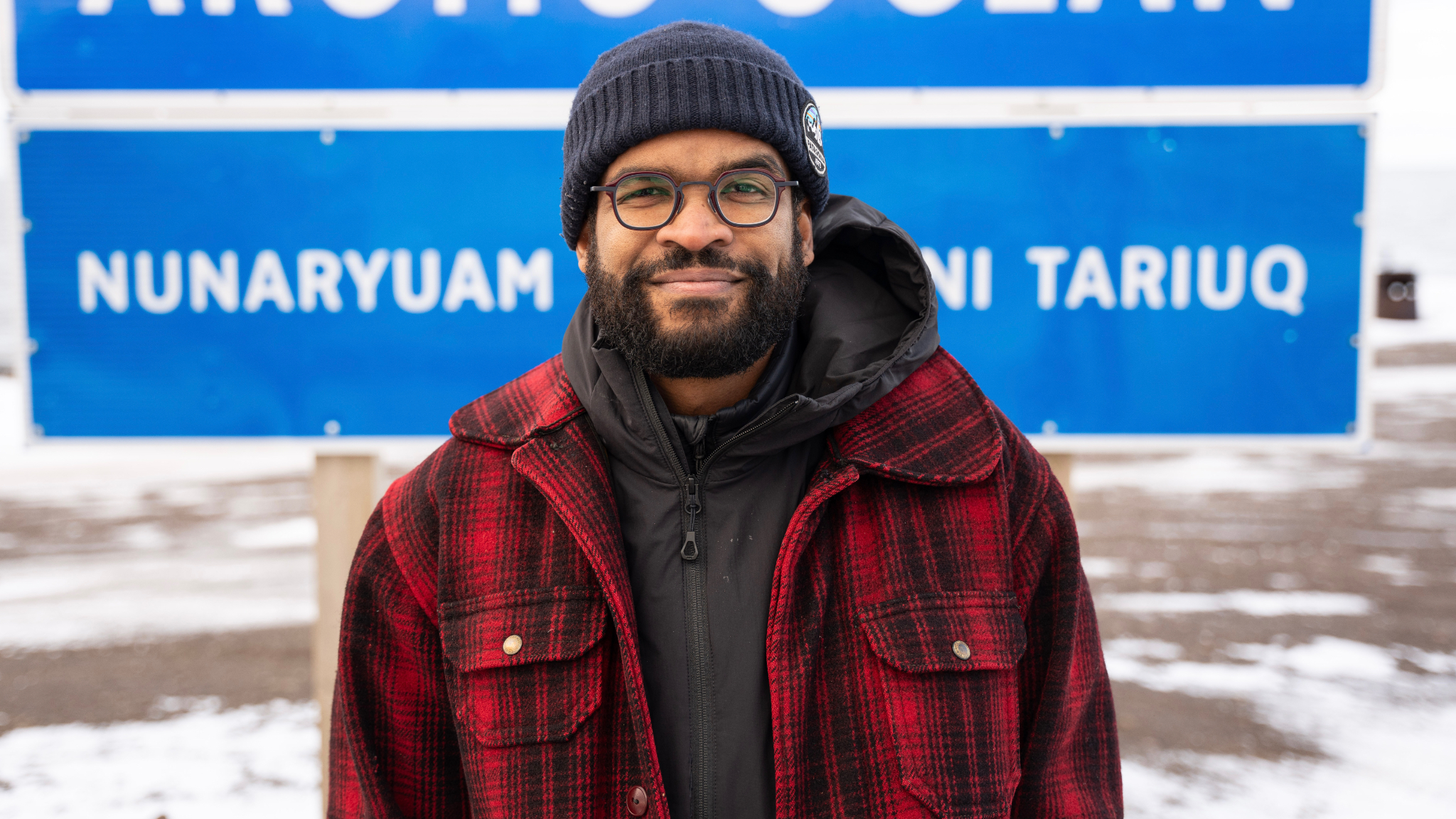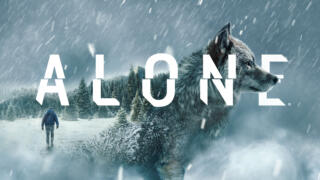How are participants’ locations distributed?
It's a lottery system. A game of “Rock Paper Scissors” determines the order in which the 10 participants choose. Then they’ll select a cupcake with a suggestive name written on it, like "A River Runs Through It” or “Bear Paw Beach.”
How has the production evolved over its 11 seasons?
Our rules keep evolving as participants find new ways to push boundaries. After one person tried to sew paracord into their jacket (which illegally increased their allotment), we had to amend the rules to specifically prohibit that.
The thing we’re proudest of is our aftercare program. After Season 1, we learned that people come out pretty banged up, physically and emotionally—and that we needed a plan to ease them back. They may be ravenous after barely eating for two months, but they can’t just tap out and have a steak. We have a cook at base camp who starts them with broth, observes how their body reacts—and builds from there. We hold them for a set number of days to ensure they’re physically and mentally ready to return. We have an available medic and arrange time with a nutritionist and psychiatrist after they leave the field.
What have you learned from the "Alone" participants?
"I’m a kid from the Bronx, so every season I marvel at all their wilderness survival skills. But beyond showcasing all their hunting and bushcraft prowess, everyone is out there trying to fulfill an inner purpose. It’s all about the hero’s journey. Coming out there, they may want to pay off some debt or create some new opportunities for their family but things change with more time spent in the bush. They may think it’s the $500,000 prize but end up realizing it’s something much more profound. That’s pretty inspiring.
Teimojin (Season 9) talked a lot about his mother and about how she broke her back to get him through medical school. He’d never really sat down and thought about how important she was in his life. He left knowing that he’d go back and spend more time with his aging, ailing mom. Mikey (Season 10) wanted the prize money to help get resources for his autistic son. He tapped out for cold, but testing his skills really boosted his confidence. He realized he wanted to quit his dead-end job, start a survival school and have more time with his son.
What are some of coolest wilderness hacks you’ve seen?
Too many to list! One participant slapped the water with a huge stick, making a shock wave that disoriented the fish so he could grab them with his hand. Tom (Season 9) dyed his hair different colors and started cutting it off to make fishing lures. Instead of a ferro rod, Jake (Season 11) struck fires using his carbon steel belt buckle.
What common threads do you see among participants who thrive?
Being spiritual and having faith helps. That inherent hopefulness helps people weather adversity. Season 2’s winner, Dave, was a missionary.
Adaptability is another common thread. You can’t go out there and think you’re gonna put nature in a headlock. Ten times out of 10, it’s going to beat you, so you’ve got to adapt. Season 8’s winner, Clay, absolutely hated his land at first because it had suffered a recent forest fire. All the downed trees made it tough to walk through without stabbing yourself. But the ash in the soil made plants grow faster, and the berries lasted longer due to the nutrients. The new fresh growth attracted big game, which Clay caught, which took him to the end. He could have said, “Woe is me,” but he went with it and gradually realized it wasn’t just ravaged—it was a place of opportunity.

